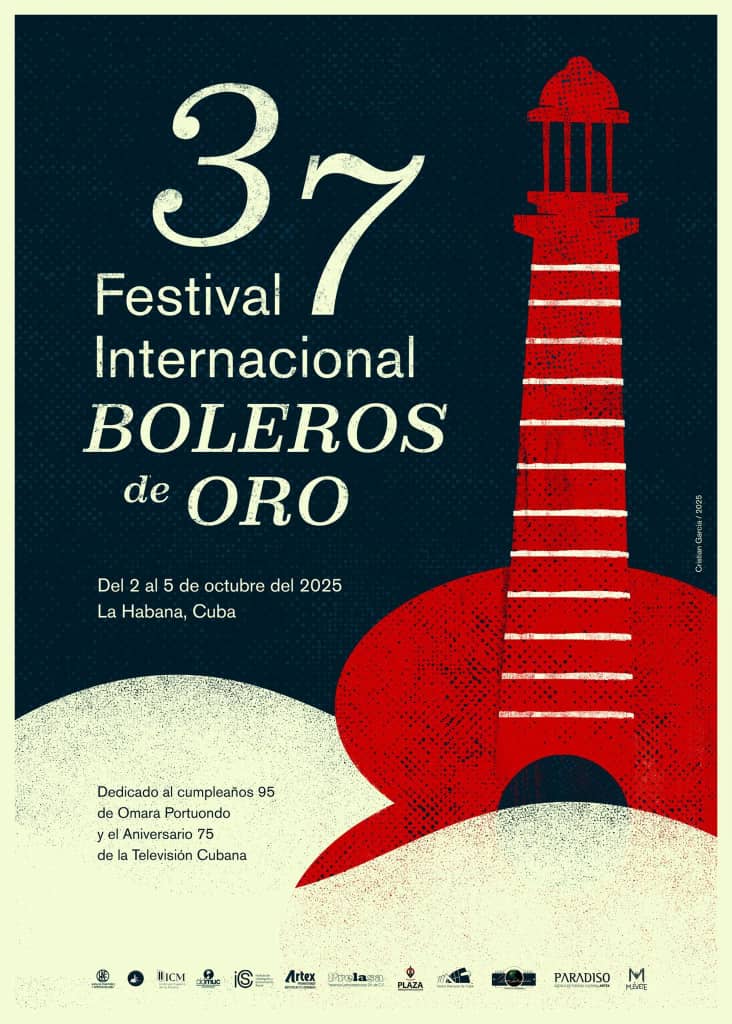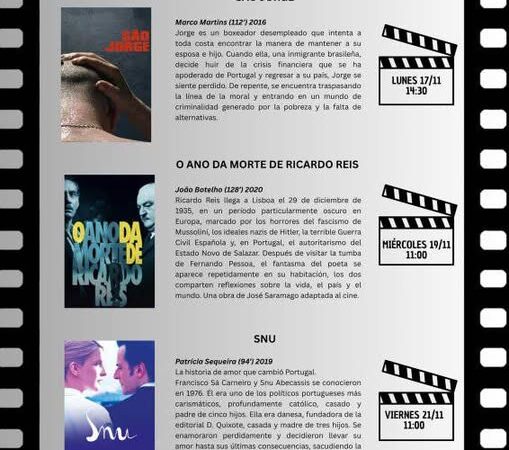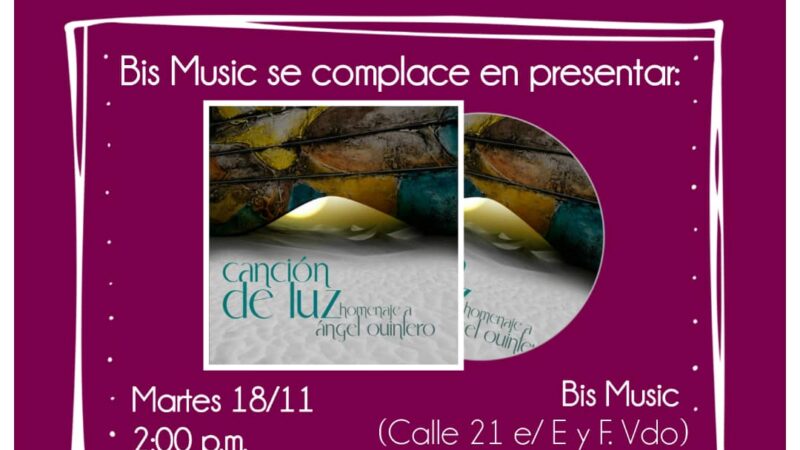Havana’s Boleros de Oro Festival: 37 Years of Passionate Cuban Rhythms

From October 2 to 5, Havana will host the 37th edition of the Boleros de Oro International Festival, a must-attend event for devotees of the Bolero, a genre that has captivated generations with its lyrical depth and emotional resonance.
This year’s festival celebrates two milestones: the 95th birthday of Cuban icon Omara Portuondo and the 75th anniversary of Cuban Television, honoring the Bolero’s enduring legacy as a cherished cultural and emotional cornerstone of Cuba and Latin America.
Organized by the Musicians’ Association of Cuba’s National Union of Writers and Artists (Uneac), the festival will bring together artists from Cuba, Mexico, Venezuela, and Argentina for a vibrant program featuring gala performances, panel discussions, intimate concerts, and open jam sessions.
At a press conference held Friday at Uneac’s Rubén Martínez Villena Hall, festival director José Loyola emphasized the event’s deep ties to Cuban musicology, rooted in the intellectual and cultural traditions championed by Argeliers León. León’s rigorous scholarship and holistic approach to Afro-Cuban music and traditional genres helped elevate the Boleros as both art and cultural heritage.
Mabel Castillo, head of the Musicians’ Association, noted that this edition holds special significance as the first since the Boleros was declared Intangible Cultural Heritage of Humanity by UNESCO. The festival will also pay tribute to pivotal figures in the genre’s history, including Manuel Corona, Ernesto Lecuona, Barbarito Diez, Paulina Álvarez, Moraima Secada, and Adolfo Guzmán.
The Boleros de Oro International Symposium, held at Uneac’s Villena Hall on October 2 and 3, will offer two days of reflection. Coordinated by Neris González Bello, chair of the Academic Committee, the symposium aims to engage not only seasoned Boleros artists and audiences but also younger generations, including music academy students and graduates.
“The program underscores its value by bringing together composers, record producers, musicians, collectors, researchers, community leaders, and experts who contributed to the UNESCO nomination process for the Bolero’s inclusion on the Representative List of the Intangible Cultural Heritage of Humanity,” González Bello said. Discussions will explore the Bolero’s presence in media, its ties to the music industry, and hands-on workshops to bridge theory and practice. Attendees can also look forward to screenings, including the documentary Voces del Feeling by Rosalía Arnáez and Marilú Macías.
The festival’s main stage at the National Theater’s Covarrubias Hall will host three thematic galas: Moments of Bolero, Omara of Cuba, and The Music of Adolfo Guzmán. Performances at the América Theater will spotlight emerging Bolero artists and honor legends like Ernesto Lecuona, Manuel Corona, and other revered performers.
Additional venues, including the Hurón Azul Patio, Plaza’s House of Culture, Café Miramar, Casa de 18, Arte Habana, BuleBar 66, and Café Concert Gato Tuerto, will come alive with afternoons and evenings of Bolero, poetry, and impromptu jam sessions.
More than a music festival, Boleros de Oro is a vibrant platform for cultural preservation, where emotional memories are transformed into living art.
Organizers expressed gratitude to supporting institutions, including the Havana Provincial Culture Directorate, the Plaza de la Revolución Municipal Directorate, the Cuban Music Institute, the Center for Research and Development of Cuban Music, the Institute of Information and Social Communication, Artex S.A., Paradiso Agency, and Prelasa. Their contributions reaffirm the Boleros as an expression of sensitivity, identity, and emotional resilience in an ever-changing world.
Translated by Luis E. Amador Dominguez



